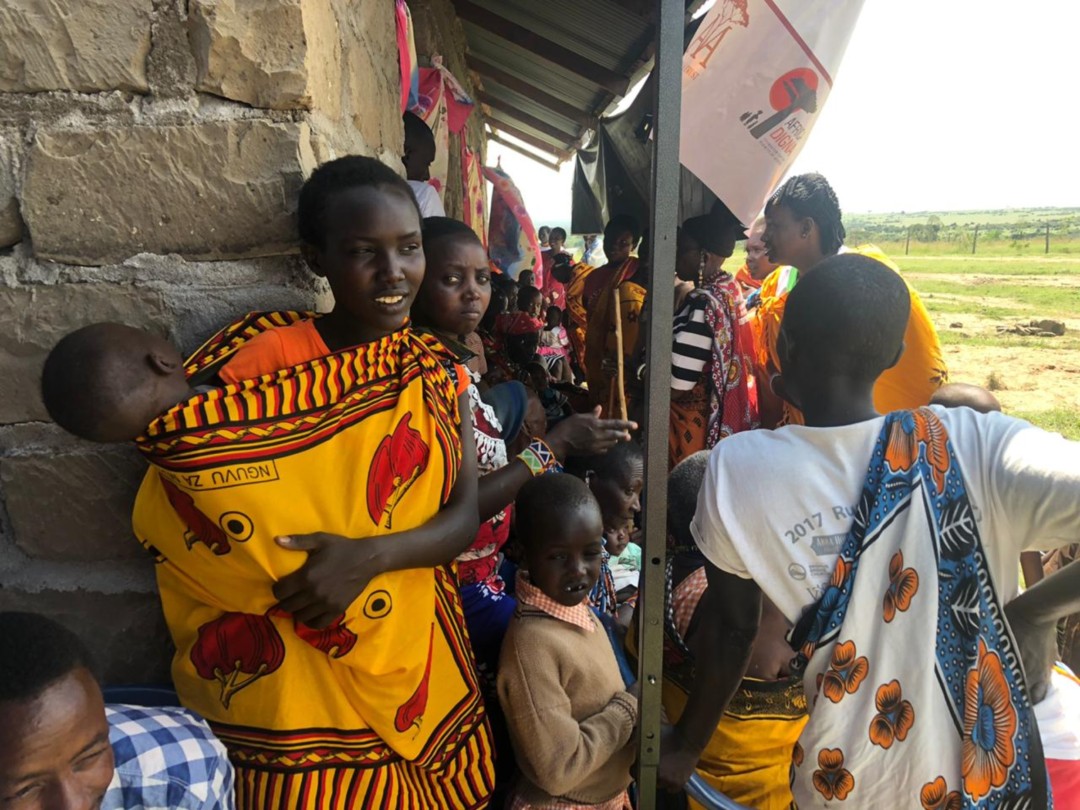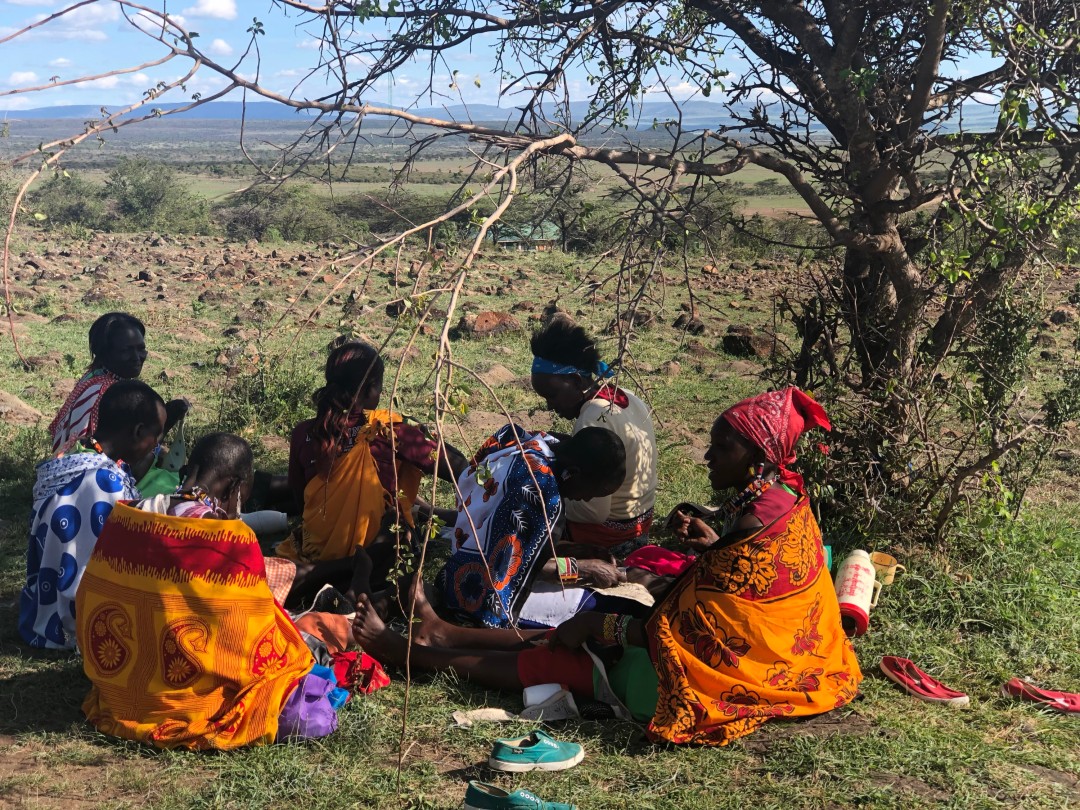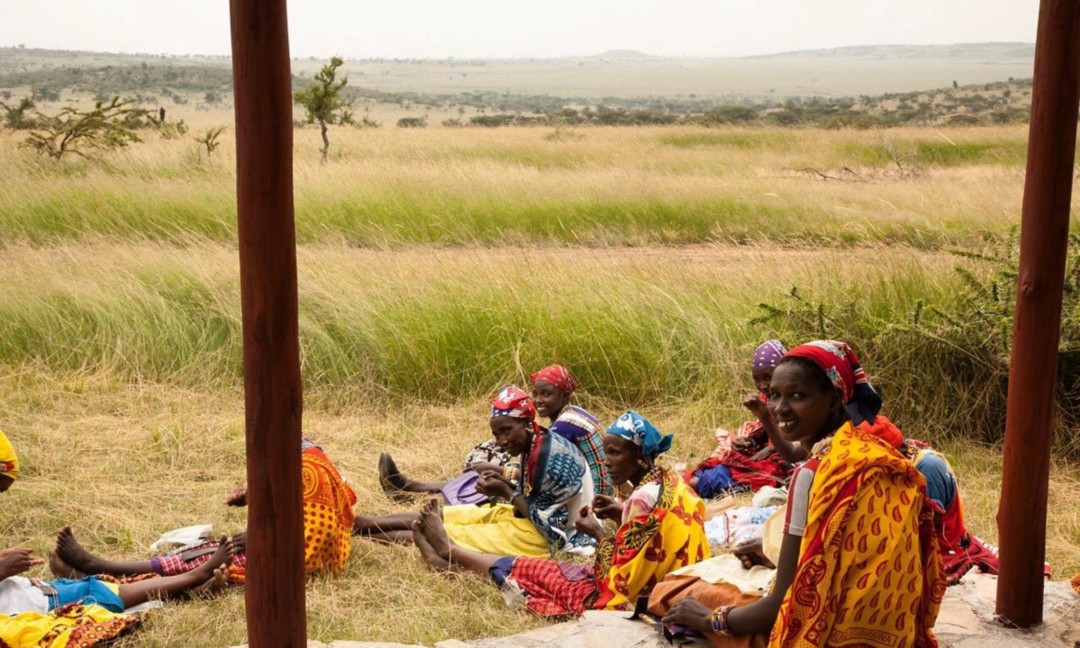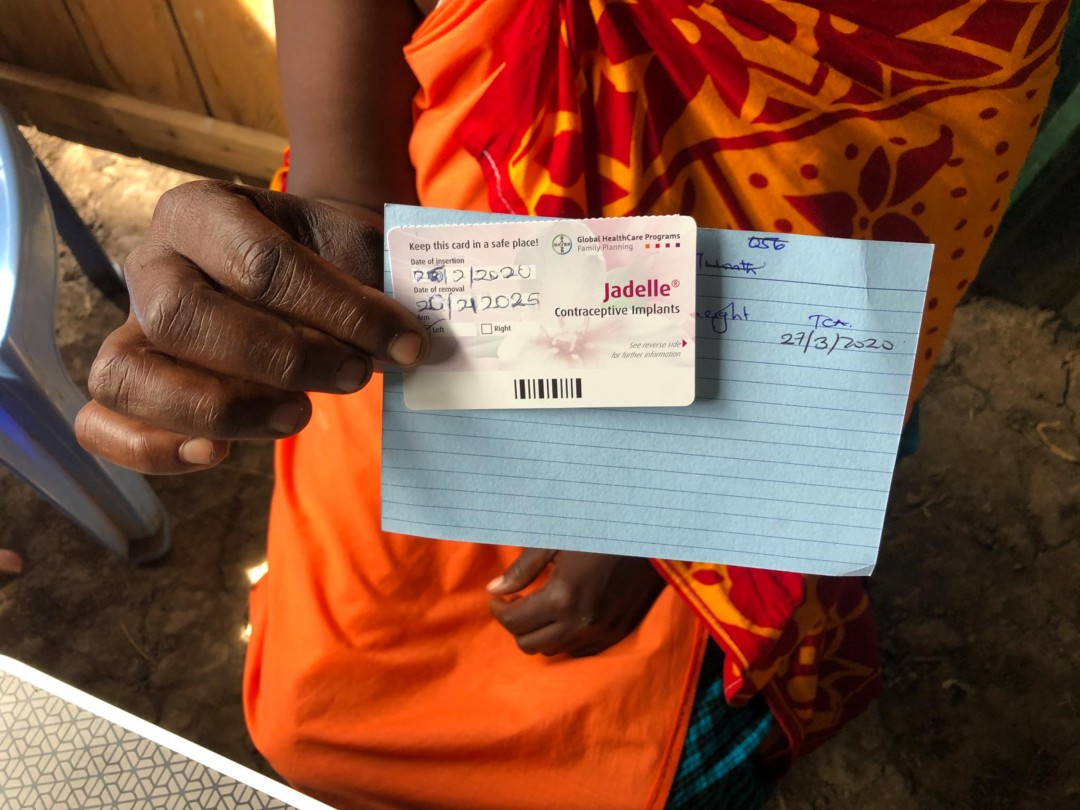Promoting access to sexual health services
The project led by CHASE Africa, in Narok County in the Maasai Mara region of Kenya, successfully promoted access to reproductive health knowledge, information and services for adolescents and youth. The construction of a Youth Friendly Centre (YFC) was completed in October 2021 and the cnetre opened in November 2021. It is situated within a recognized health facility, the Talek Health Centre, ensuring its sustainability. By January 2022 the center was fully operational with a counsellor and counselling rooms, a medical treatment room providing age appropriate medical services, meeting hall, a library and an IT suite to attract youth for a range of health and educational facilities and services. 3,473 adolescents and youths were introduced to the center and are actively engaging with the range of facilities. 8 clinicians were trained on Adolescent Sexual and Reproductive Health (ASRHR), providing ASRHR information and services, and 48 Peer Mentors were also trained and are providing ASRH talks and information in 9 villages. Over the course of the project, teenage pregnancy in Narok county has reduced from 31.1% in 2021 to 27% in 2022. Through the ASRHR village trainings, the youths and adolescents have better knowledge and skills to advocate for their rights, access quality health services and therefore make informed decisions that affect their futures.
Founded in 2000, CHASE Africa is a registered Charity in the UK dedicated to enabling women, girls, men and boys in remote environments to access primary healthcare, to choose the timing, number and spacing of their children and to manage their natural resources in a sustainable way.
News
Two new projects approved in December 2020
4 January 2021
The Addax and Oryx Foundation granted funding for two new projects at its December Board meeting.Access to reproductive health services
4 November 2022
The reproductive health project led by CHASE Africa and The Maa Trust (TMT) takes place in Narok County in the Maasai Mara region of Kenya. The Talek youth friendly center (TYFC) was completed in November 2021 and is fully functional. It promotes access to youth-friendly reproductive health knowledge, information, and services.An alternative rites of passage event
7 November 2022
As part of the reproductive health project led by CHASE Africa and The Maa Trust (TMT), in Narok County in the Maasai Mara region of Kenya, an Alternative Rites of Passage (ARP) event was planned to educate on the dangers and harm caused by Female Genital Mutilation (FGM).
Testimonials
Promoting access to sexual health services
Meet 21-year-old Denis from Irbaan community in Talek, Maasai Mara. He was born and raised in the same village and is currently enrolled in a computer skills certification program at the Youth Friendly Centre (YFC) as he prepares to enter college after completing high school.Meet Maante
Maante Sumare is a 16-year-old girl from Sekenani village. Maante studies at Emarti Primary school where she has been one of the beneficiaries of the mentorship component of the project led by CHASE Africa.Meet Ruth a Community Health Nurse
Ruth Samsin is a registered Community Health Nurse from the Talek Health Facility and part of the Youth Friendly Centre (YFC) staff. She describes the impact that the centre’s adolescent sexual health and reproductive services have had on young people.Meet Dominic Rono
The project led by CHASE Africa in the Maasai Mara region of Kenya, builds on a previous project that successfully promoted access to reproductive health knowledge, information and services for adolescents and youth. Dominic was one of the nurses trained in Adolescent Sexual Reproductive Health and Rights (ASRHR) who has raised awareness on matters related to ASRHR with the rest of his team.Type
Education / Health / EnvironmentDuration
March 2021- February 2023Location
Narok County / KenyaWith whom
CHASE Africa
Website




Kenya
Population
49.7 million (2017)
Per Capita Income
USD 1,460/year (2017)
Poverty rate *
36% (2015)
Literacy rate
79% (2016)
Human Development Index
142nd out of 189 countries (2018)
Kenya’s macro-economic conditions have progressed over the past decade, improving the welfare of its population. However, a quarter of its population lives in urban informal settlements, arid and semi-arid rural areas and remain vulnerable to poverty, conflict, structural underdevelopment and disease. Even though national absolute poverty has declined overall, it remains high compared with neighbouring countries. Primary school enrolment has reached 100%. Access to household services such as electricity, improved drinking water and sanitation has steadily increased, even though coverage remains low (23%, 47% and 33% respectively). Youth unemployment and vulnerability to climate change remain key challenges.
Sources: World Food Program, UNICEF, World Bank, 2016 Human Development Report, Human Development Indices and Indicators (2018 Statistical Update)
*The percentage of the population living below the national poverty line.